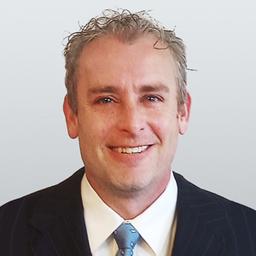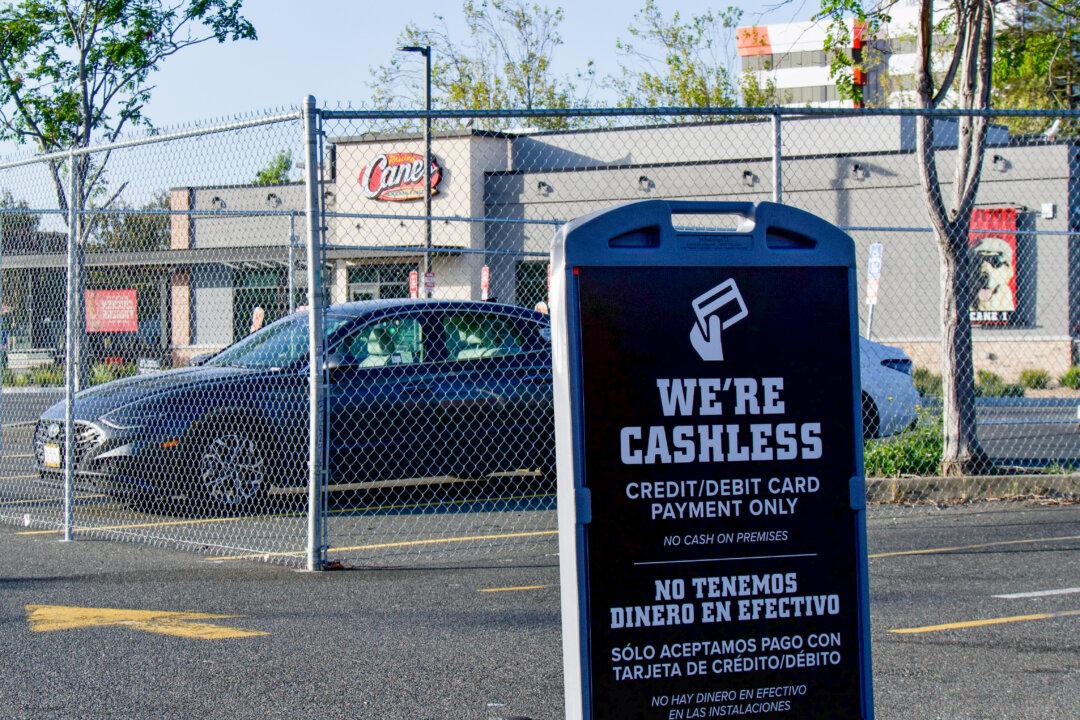The report found 94 percent of nurses believe there is a severe or moderate shortage of nurses in their area, with half of them saying the shortage is severe. Nearly 90 percent say the nursing shortage is worse than five years ago, with 80 percent expecting it to get much worse or somewhat worse in the next five years.
Such significant shortcomings are derived from an aging workforce, lack of educational opportunities, and shifting health care needs following the pandemic, according to the research.
Survey responses indicate that pandemic-related stress caused many nurses to shorten their careers, with many citing social distancing and personal protective equipment requirements, staffing shortages, and potential for exposure as reasons they chose to either cut back on hours or retire.
Combined with more people seeking medical care in subsequent years, the shortfalls further complicate the health care system, according to experts.
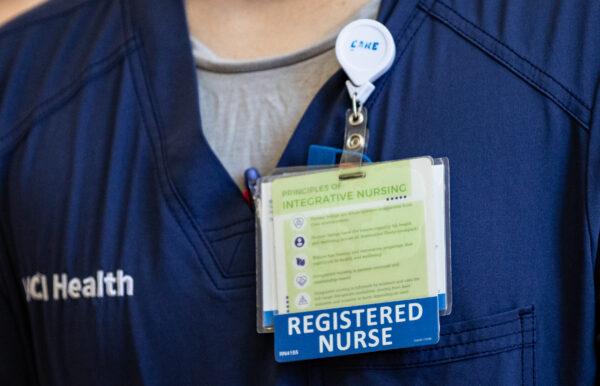
More than 85 percent of nursing professionals reported to the AMN Healthcare survey that they are considering changing jobs or potentially retiring, with only 15 percent saying they intend to stay with their current employers.
Hospital administrators ranked nurse staffing as the most pressing problem, with 90 percent of CEOs saying that shortages are their biggest concern.
Limited space in university nursing programs also contributes to the nursing shortage, with schools lacking the educators needed to provide more opportunities, say experts.
State leaders acknowledged the nursing predicament in 2005 with the passage of the California Nurse Education Initiative—designed to improve educational programs and increase enrollment opportunities.
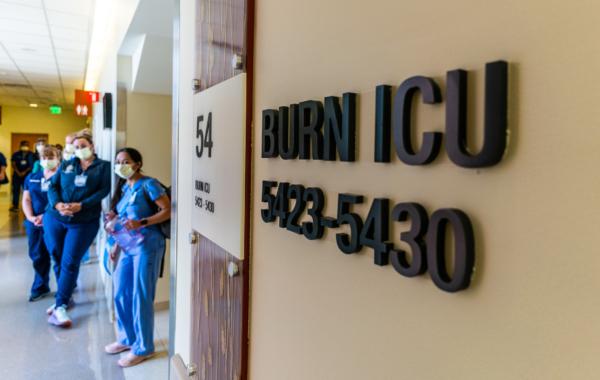
Multiple health care workers in the Bay Area told The Epoch Times they’ve wanted to advance their careers and become registered nurses, but they blamed lottery systems used to determine admission at some nursing schools for the delay in their progress.
“They don’t even look at grades. It’s just random as to who gets in, and I’ve been denied twice,” patient care coordinator Maria Garcia said. “It’s not fair to those of us who tried hard and scored high on our tests. We deserve a chance.”
In annual reports to the governor dating back more than five years, the community college group notes the progress made and the need for increased funding and support from the state to overcome nursing shortages.
Delaying educational progress for prospective nurses is a compounding problem, especially given the advanced age and retirement rate of nurses today, according to experts.
Bills introduced this year by California legislators at the federal level seek to address the need for more educator and nursing programs across the country.
Rep. Adam Schiff’s (D-Calif.) Support Access to Nursing School Act would fund nursing school instructors, and Rep. Jim Costa’s (D-Calif.) newly introduced National Nursing Shortage Task Force Act is aimed at assessing the situation and bolstering educational opportunities.

Disparities in pay between educators and clinical nurses is also fueling the shortage of educators, and thus worsening the nursing problem, according to experts.
With increased demand for health care workers, and a bottleneck in educating and licensing new nurses, a series of proposals in the state Legislature seeks to minimize the impact of the ongoing shortage.
One such measure, Assembly Bill 698—introduced by Assemblywoman Wendy Carrillo (D-Los Angeles)—would require community colleges to set aside 15 percent of enrollment opportunities for health care workers.
Another proposal, Assembly Bill 1695—authored by Assemblyman Mike Gipson (D-Carson)—would create a pathway to nursing for high school students.
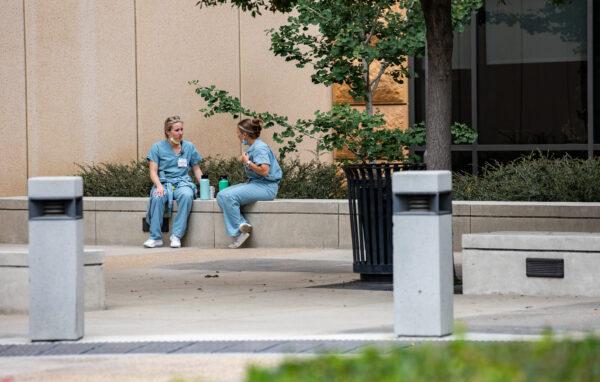
One potential short-term solution employed by some systems is the use of retired nurses for non-bedside care, a tactic that UCSF is using successfully and plans to expand, according to veteran nurse Ms. Intinarelli-Shuler.
“We are doing that now and have found that many retired nurses are willing to help,” she said in the interview with UCSF.
Another health care insider described a change in company culture that arose with the nursing dilemma, allowing some employees to take advantage of relaxed rules and limited enforcement due to staffing shortages.
“There are people here that would have been fired four years ago for their poor performance and bad behavior,” a staff member at a large hospital group in the Los Angeles area, who asked for anonymity in fear of workplace retaliation, told The Epoch Times. “Coming in late, missing shifts, no excuses, and repeat tardies were all serious offenses before, and now it’s become normal.”

